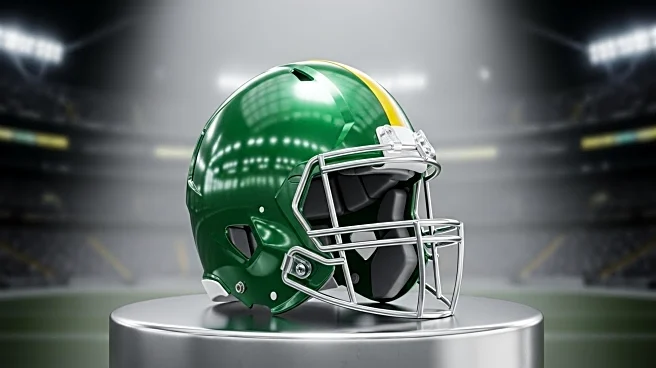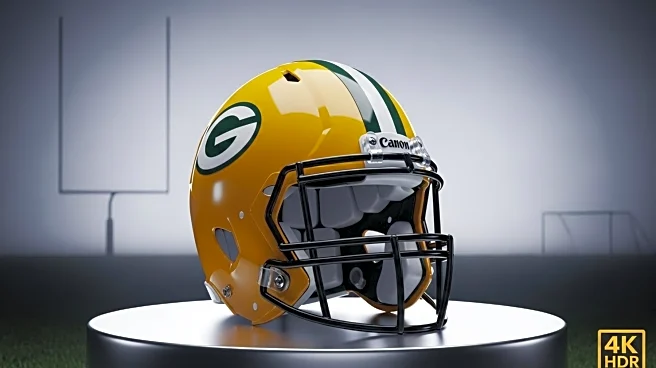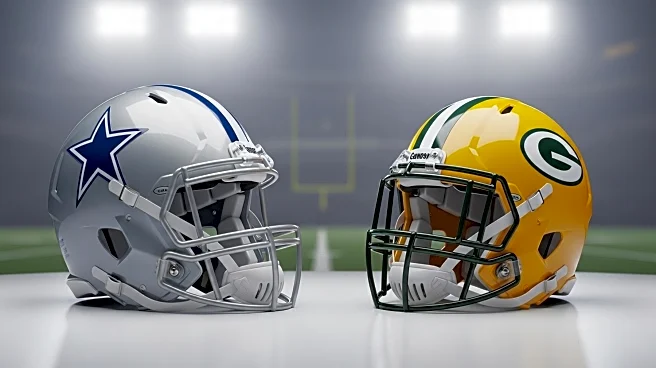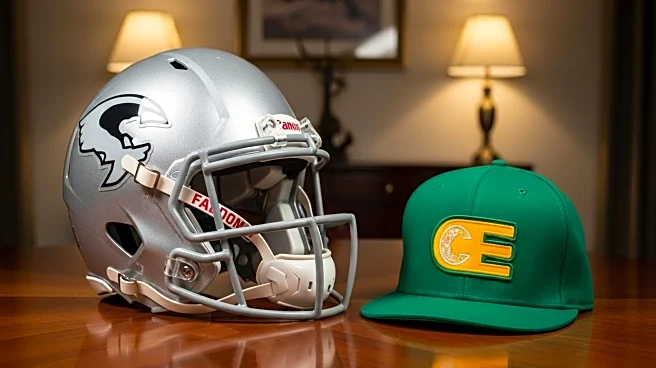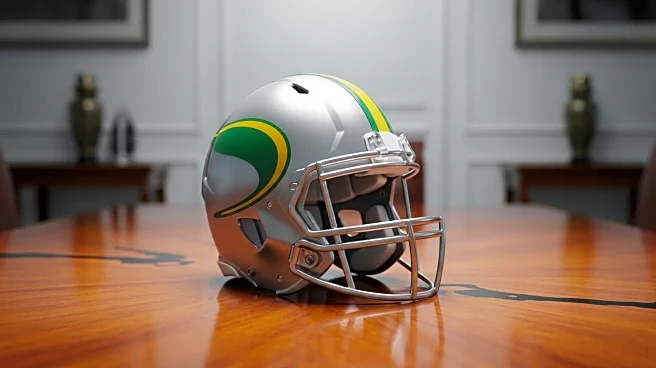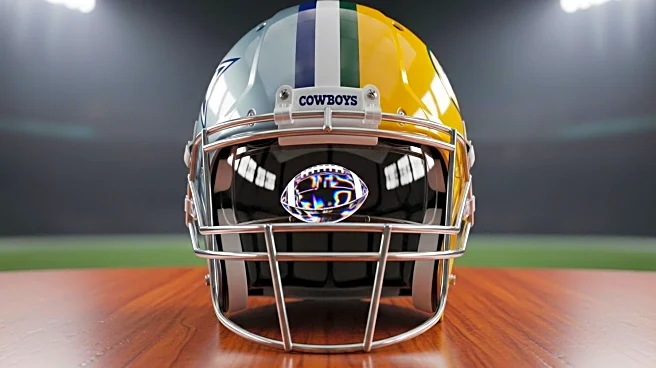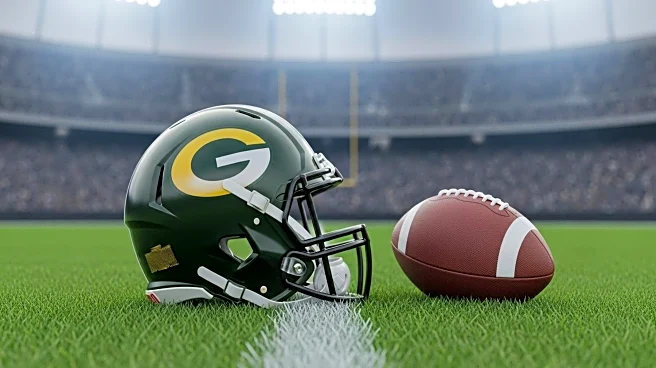What's Happening?
Micah Parsons has signed a $188 million contract with the Green Bay Packers following his trade from the Dallas Cowboys. This contract is notably $48 million more than the $140 million Jerry Jones paid to purchase the Cowboys 36 years ago. Adjusted for inflation, Jones' purchase would be valued at just under $365 million today. The Cowboys are currently worth $13 billion, highlighting the significant increase in sports franchise values over the years. Parsons' contract reflects the growing financial value of star players in the NFL, with his annual salary of $47 million surpassing the highest-paid player from 2016, Andrew Luck, who earned $24.6 million annually.
Why It's Important?
The contract signed by Micah Parsons underscores the rapid inflation in player salaries within the NFL, particularly for star players. This trend is indicative of the increasing financial stakes in professional sports, where player contracts are reaching unprecedented levels. The EDGE position, which Parsons plays, is now commanding salaries comparable to top quarterbacks, reflecting its strategic importance in the league. This shift has implications for team salary cap management and the valuation of defensive players, potentially influencing future contract negotiations and team compositions.
What's Next?
As the 2025 NFL season approaches, the impact of Parsons' contract on the Packers' salary cap and team dynamics will be closely watched. Other teams may reevaluate their spending strategies on defensive players, potentially leading to more lucrative contracts for top performers in similar positions. The broader market for NFL player salaries could continue to rise, affecting how teams allocate resources and prioritize player acquisitions.
Beyond the Headlines
The escalating salaries in the NFL raise questions about the sustainability of such financial growth and its impact on smaller market teams. There may be ethical considerations regarding the disparity in earnings between star players and other team members, as well as the influence of high salaries on ticket prices and fan accessibility.
